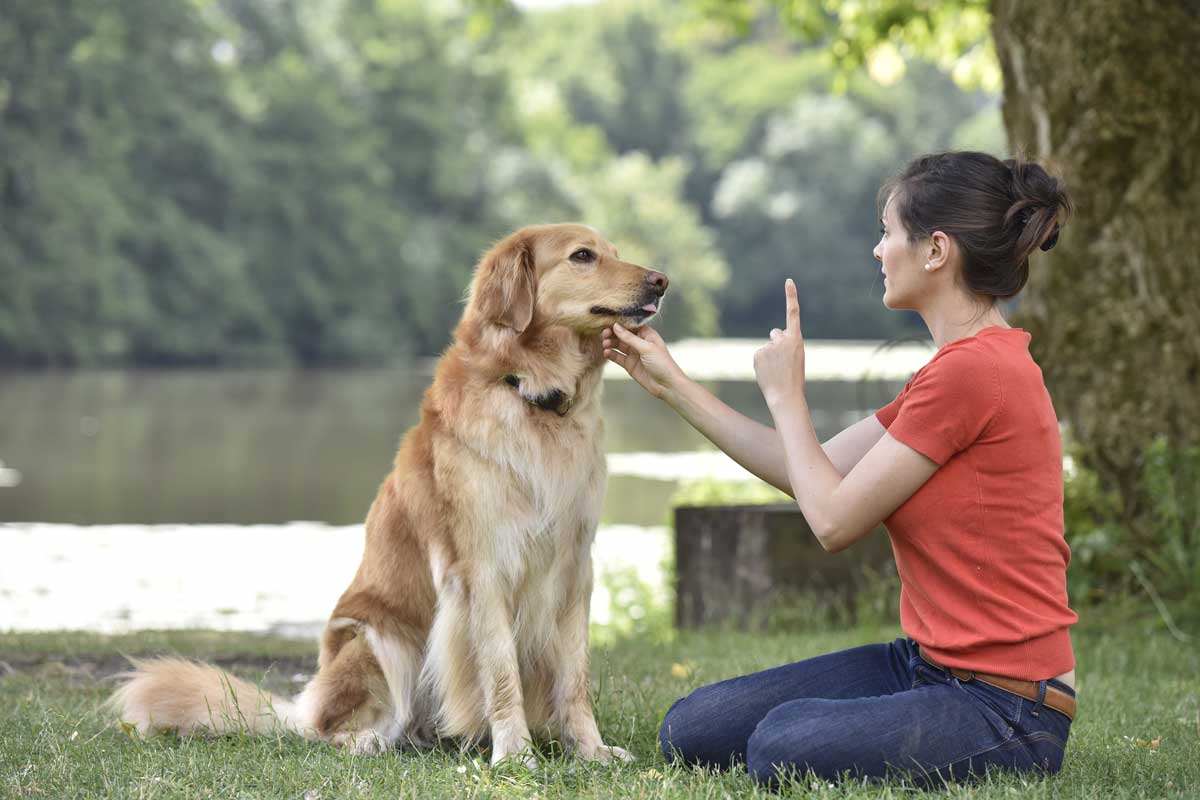Aggression Decoded – A Aggressive Dog Training Program in Dog Behavior Modification
Aggression in dogs can be a challenging and concerning behavior for pet owners. Addressing aggressive tendencies requires a strategic and compassionate approach to ensure the safety of both the dog and those around them. An effective aggressive dog training program aims to decode the root causes of aggression and implement behavior modification techniques to foster positive change. Before diving into a training program, it is crucial to understand the various forms of aggression in dogs. Aggression can stem from fear, territorial instincts, possessiveness, or even frustration. Identifying the specific triggers for aggressive behavior is essential for tailoring an effective training plan.
Professional assessment
The first step in an aggressive dog training program involves a thorough assessment by a certified dog behaviorist or trainer. This professional will observe the dog’s behavior, evaluate its body language, and gather information about the dog’s history and environment. This assessment helps to determine the root cause of aggression and tailor a training plan accordingly.
Positive reinforcement techniques
Contrary to punitive methods, positive reinforcement focuses on rewarding desirable behavior rather than punishing unwanted actions. Dogs respond well to positive reinforcement, which can include treats, praise, or playtime. By rewarding non-aggressive behavior, the dog learns that calm and cooperative actions lead to positive outcomes.

Desensitization and counterconditioning
Desensitization involves gradually exposing the dog to the stimuli that trigger aggression in a controlled and positive manner. Counterconditioning pairs the presence of the trigger with a positive experience, gradually changing the dog’s emotional response. The austin tx training for aggressive dogs helps the dog associate the trigger with positive feelings, reducing the likelihood of aggressive behavior.
Obedience training
Establishing a strong foundation in basic obedience commands is crucial for managing aggression. Commands like sit, stay, and leave it empower owners to redirect their dog’s focus and control their behavior in challenging situations. Obedience training builds trust and strengthens the bond between the owner and the dog.
Environmental management
Creating a safe and controlled environment is essential for managing aggression. This may involve using leashes, muzzles, or barriers to prevent the dog from engaging in aggressive behavior. Gradually exposing the dog to different environments and situations while maintaining control helps build confidence and reduces anxiety.
Consistency and patience
Consistency is key in any dog training program, especially when dealing with aggression. Owners must adhere to the established rules and routines to reinforce positive behavior consistently. Patience is equally important, as behavior modification takes time, and progress may be gradual.
An aggressive dog training program is a multifaceted approach that combines professional assessment, positive reinforcement, desensitization, obedience training, environmental management, and consistent, patient efforts. By decoding the root causes of aggression and implementing a tailored training plan, owners can help their dogs overcome aggressive tendencies, fostering a harmonious relationship between the pet and its human companions. Seeking the guidance of a certified professional ensures that the training program is customized to the specific needs of the dog and addresses aggression in a humane and effective manner.